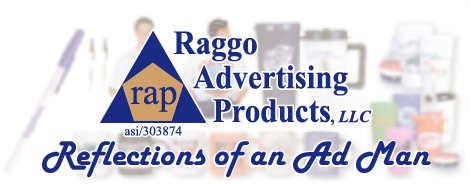Here is our list of questions that we must answer when choosing the perfect promotional item:
1) What do we want to happen?
2) How will we measure success or failure?
3) What is our target demographic?
4) How will we deliver the item?
5) How much can we spend?
6) How quickly do we need the product delivered?
Details…Details...Details
Real estate agents know (I used to be one of them) that it does them absolutely no goo
 d to show someone a
d to show someone a house that they cannot afford to buy. Similarly, it does me no good to show you products that are either too expensive or too cheap for your budget. One of the strengths that promotional products have over all other types of advertising is perceived value. They are actually worth something to your prospect. Sometimes they are worth more than you actually spent on them! How much use or pleasure will your prospect get from a
house that they cannot afford to buy. Similarly, it does me no good to show you products that are either too expensive or too cheap for your budget. One of the strengths that promotional products have over all other types of advertising is perceived value. They are actually worth something to your prospect. Sometimes they are worth more than you actually spent on them! How much use or pleasure will your prospect get from a 
 newspaper or television ad or any other type of ad for that matter? Absolutely none! With advertising specialties you are giving them something tangible, and in most cases, enduring. A stainless travel mug or an flash drive or a sleeve of golf balls or a pound of Godiva all have value. They are things that your prospect will probably go out and spend their own money on if you don’t give it to them. THEY ACTUALLY WANT THESE THINGS!.
newspaper or television ad or any other type of ad for that matter? Absolutely none! With advertising specialties you are giving them something tangible, and in most cases, enduring. A stainless travel mug or an flash drive or a sleeve of golf balls or a pound of Godiva all have value. They are things that your prospect will probably go out and spend their own money on if you don’t give it to them. THEY ACTUALLY WANT THESE THINGS!.Now, cost, quantity and speed are all intertwined in the budget equation. Yes, we can sometimes produce just 1 or 2 of an item if that is all you need. However your cost per piece will be
 significantly more than producing 50, 100 or 10000 of them. Your cost for just one 11 oz white ceramic mug with a full color imprint is somewhere between $11 and $15 plus shipping. If you can find a use for 72 full color mugs,
significantly more than producing 50, 100 or 10000 of them. Your cost for just one 11 oz white ceramic mug with a full color imprint is somewhere between $11 and $15 plus shipping. If you can find a use for 72 full color mugs,  then your cost per piece would drop to somewhere around $3 each plus set up and shipping. That is a savings of $7 per piece, so it behooves us to think of other ways we can use them...door prizes, gift baskets, sales contest awards, thank you gifts filled with candy, board of directors meeting or whatever.
then your cost per piece would drop to somewhere around $3 each plus set up and shipping. That is a savings of $7 per piece, so it behooves us to think of other ways we can use them...door prizes, gift baskets, sales contest awards, thank you gifts filled with candy, board of directors meeting or whatever.Yes, we have a lot of products that can be produced very quickly...some we can ship tomorrow if we have everything ready by 10 am today. But please don’t wait too long. Not only will the production cost be more, but the shipping will be more as well. Shipping 144 mugs via UPS ground might cost you $90. Shipping them UPS Second Day will probably cost around $190 while UPS Next Day will cost $350 or more. That is more per piece for shipping than for the mugs themselves.
That's it. These are the things we have to know in order to help you pick the best promotional products for your particular needs.
Steve Raggo
www.raggo.com






